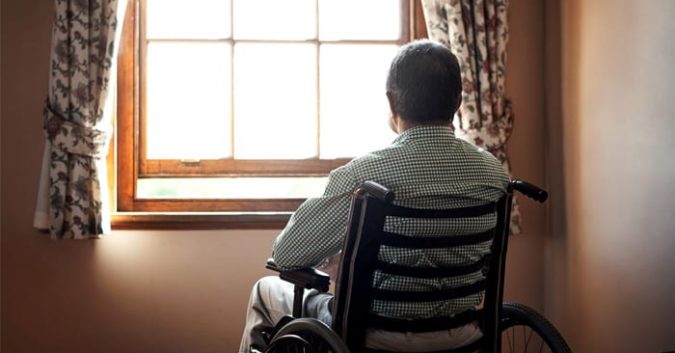Among the 1.4 million Americans living in the nation’s 15,600 nursing homes, discharges and evictions rank top in complaints brought to state long-term care ombudsmen. According to the ombudsmen, nursing home complaints exist in too much of a “gray area,” which is why the federal government is now stepping in.
This insight comes from a recent New York Times article, which highlights the increasingly common circumstances in which nursing homes eject residents onto the streets. Finally recognizing loopholes in standards designed to protect from involuntary discharges, federal regulators have begun to consider ways to step up enforcement.
Wrongful Discharge Complaints on the Rise
Federal law allows nursing homes only a few reasons to legitimately remove or transfer residents. Those who are healthy enough not to receive care, or can harm themselves or others, for example, are candidates. However, residents have the right to appeal, cannot be discharged without a physician’s order, and certainly cannot be forced out for no adequate reason.
Unfortunately, many facilities know the system only too well. The worst have been known to reinterpret these rules to their advantage. They would drive out residents against their will for financial reasons, like when a resident’s Medicare coverage comes to an end, or they develop a condition requiring extra (more costly) assistance. In these circumstances, according to New York Times findings, evictees are sent to lower-level care facilities, homeless shelters, or motels, regardless of their individual needs or safety.
In 2015, the most recent year for which data are available, a total of 140,145 nursing home complaints were reported to ombudsmen. Of these, 9,192 complaints concerned discharges and transfers.
But legal experts believe these figures understate the true problem. Many residents, unaware of their rights, leave as instructed without contesting their eviction. And even when residents win appeals, they cannot guarantee they will be welcomed back; nursing homes can still reject such a request without consequence.
Federal Action Pending, but So Far Unclear
To exacerbate the issue, state officials consistently fall short of inspecting nursing homes and investigating complaints in line with federal law. Legal experts interviewed by The New York Times believe that the federal regulations themselves are strong. The real challenge is too-weak enforcement in states.
Thus, last December, federal regulators notified state officials that they would start checking for wrongful evictions. In a memo, Centers for Medicare and Medicaid Services (CMS) official David R. Wright cited the evictions “of great concern.” Wright acknowledged that uprooting residents “from familiar settings” near family and friends could traumatize them, let alone compromise their safety.
The Trump administration said it would look for ways to address improper evictions, but these are so far unclear. In a contradictory move, Trump has scaled back fines used to penalize nursing homes for violations, giving them even less incentive to avoid compliance. After all, experts say, these fines are just a cost of doing business.
The Truth about Nursing Home Abuse Prevalence
The long-term care industry’s financially charged treatment of residents is not new. In reality, nursing homes have increasingly viewed residents as dollar signs for years, creating a much wider system of abuse of which wrongful eviction is only part.
For the sake of lining their own pockets, nursing home operators are willing to leave residents without enough food or water; under- or over-medicate patients; hire aides without vetting or training them, opening the doors to workers capable of neglecting or outright harming vulnerable elders; or fail to hire enough staff at all. These incidents (and many, many others) have allowed nursing home abuse to become commonplace to the extent that now it occurs in 1 of every 3 nursing homes in the U.S.
It is difficult to imagine why such heartless business tactics are used by an industry trusted to care for such vulnerable people – but they are. The sooner federal regulators come up with a plan of action, the fewer the helpless elders thrown overboard without any sort of lifeline.
